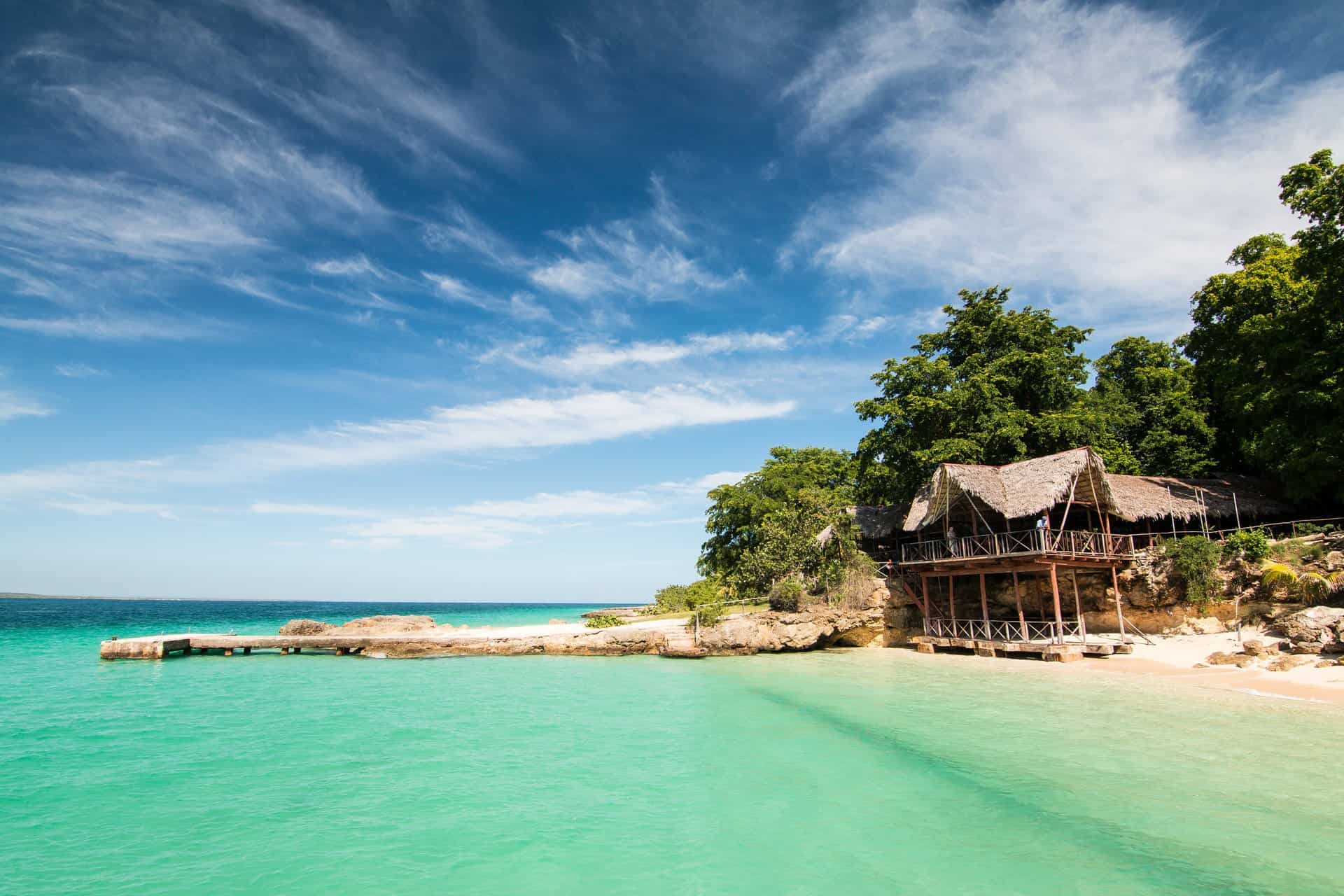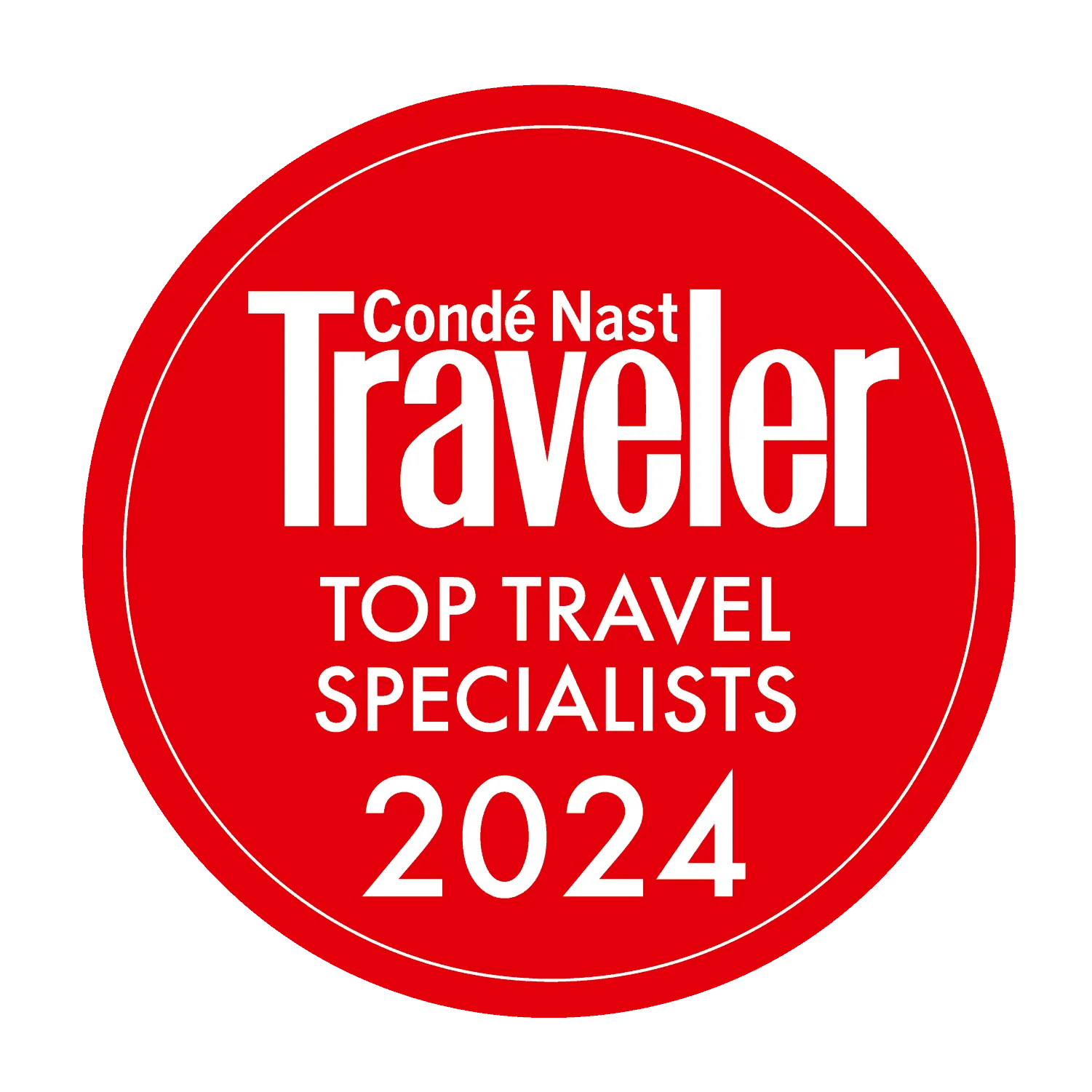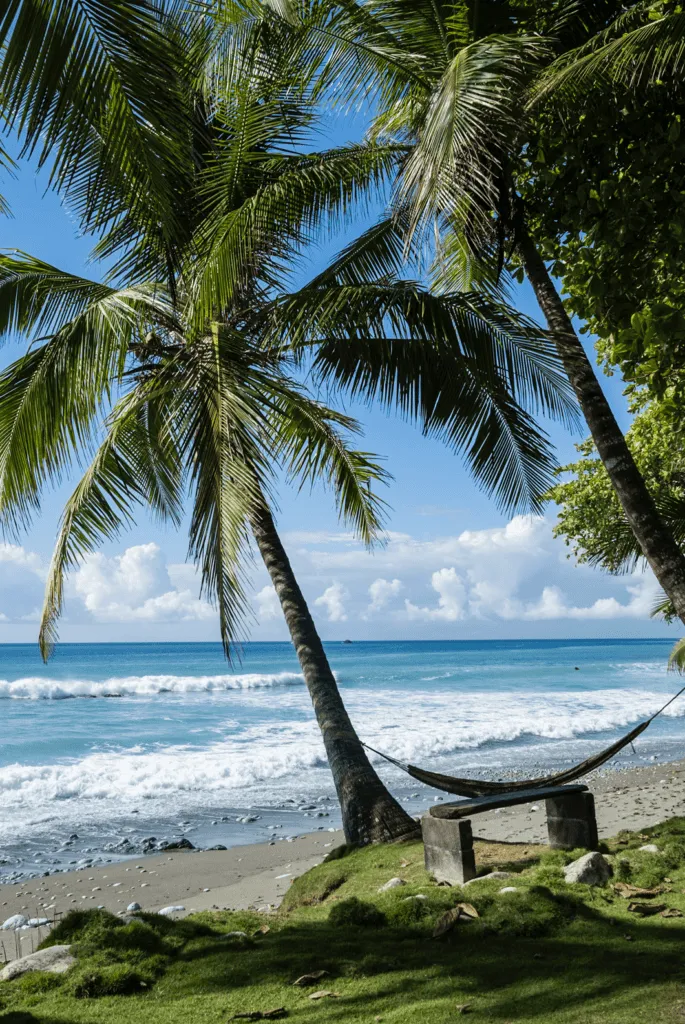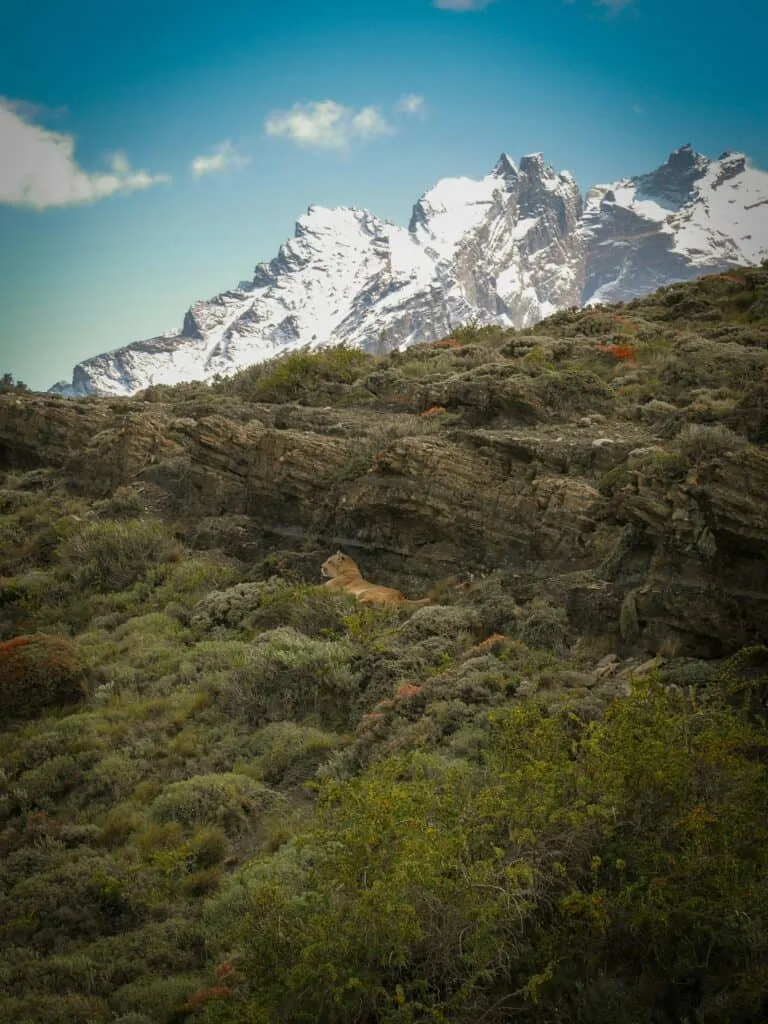
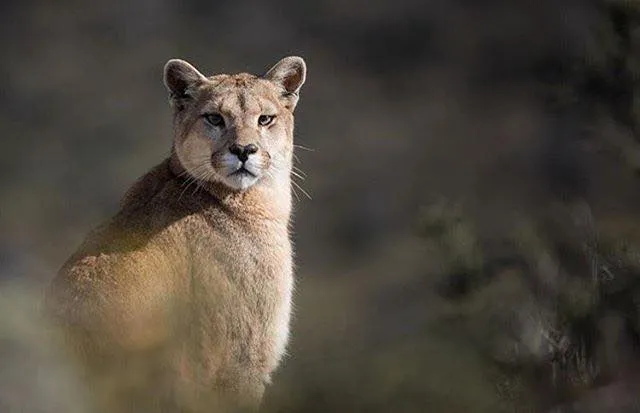
WHERE TO SPOT PUMAS IN PATAGONIA
Beyond the towering mountains and turquoise lakes, catching a glimpse of a puma is one of Patagonia’s most awe-inspiring sights.
Elusive by nature, pumas are notoriously difficult to track, and were once hunted as threats to livestock. But in recent years, Patagonia’s puma population has rebounded thanks to decades of conservation work, much of it led by Tompkins Conservation, who have helped transform private land into protected national parks to allow pumas to hunt and breed undisturbed.
As a result, it has become increasingly possible to glimpse them without disturbing their routines. Guided by expert trackers, often former gauchos-turned-conservationists, travellers can follow the subtle signs that reveal their presence in the wild. Here, we spotlight three of the finest lodges in Chilean Patagonia offering exceptional puma tracking expeditions.
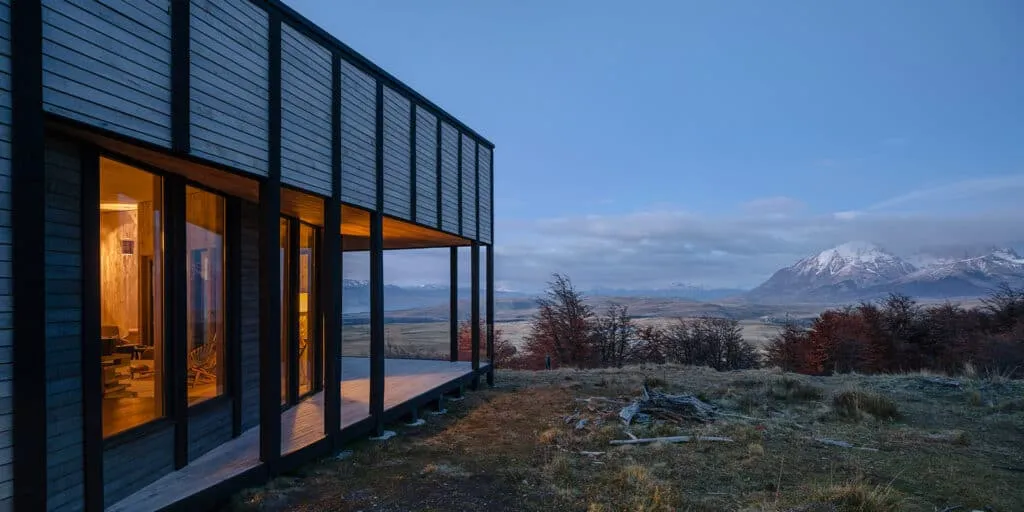
1. Awasi Patagonia
Set within a 10,000-hectare private reserve on the edge of Torres del Paine, Awasi Patagonia offers the most personal puma tracking experience in the region. Each of the 14 villas is paired with a private guide and 4×4 vehicle, allowing guests to dictate their own pace. Want to spend all day following fresh tracks or wait quietly for hours with a scope trained on the horizon? Here, you’ll have complete flexibility to track wherever the signs lead, without needing to follow a group schedule.
Expeditions often begin before dawn, when pumas are most active. A typical day might involve long stretches scanning the plains from vantage points, hiking along game trails, or driving through the reserve to follow up on fresh sightings radioed in by fellow guides.
The lodge’s conservation credentials are impressive: The Awasi Puma Foundation works with scientists to track native species using hidden camera traps, uncovering vital insights into their behaviour. These hidden devices have captured everything from solitary males patrolling their territory to playful cubs wrestling in the snow. Guests at Awasi are invited to contribute to these efforts, whether by accompanying guides to check camera traps or by learning to read the terrain for subtle clues.
After long days on the trail, the villas offer a warm counterpoint to the wild: wood-burning stoves, floor-to-ceiling windows framing the Paine Massif, and private hot tubs looking out over the surrounding lenga forest.
Explore Awasi2. Explora Torres del Paine
Set amidst the open grasslands of Patagonia National Park, Explora Torres del Paine sits within one of Chile’s greatest conservation projects. This vast conservation area was once private ranchland, but is now a protected area thanks to the efforts of Tompkins Conservation, and the lodge is surrounded by thriving puma territory.
Unlike Awasi’s private vehicles, Explora’s excursions are group-based, but the guiding is exceptional, and the scale of the reserve means guests rarely cross paths with other groups. Some guides have backgrounds in wildlife photography or biology while are native to the region and know the land with the intuition of lifelong familiarity. Tracking is typically combined with other forms of exploration, from hiking forest trails to riding across the open steppe. In the evenings, guests are invited to engage with Explora’s ongoing research through informal talks and field discussions.
The lodge itself is understated and striking: a low-slung structure of wood and glass, designed to blend into the surrounding landscape. Interiors are intentionally sparse, inviting guests to connect instead with the vastness outside.
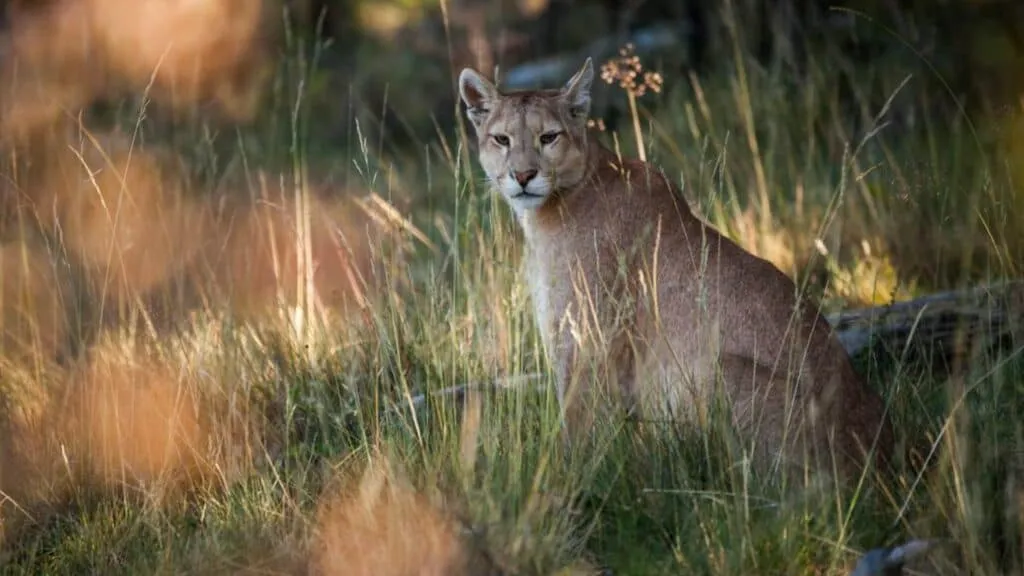
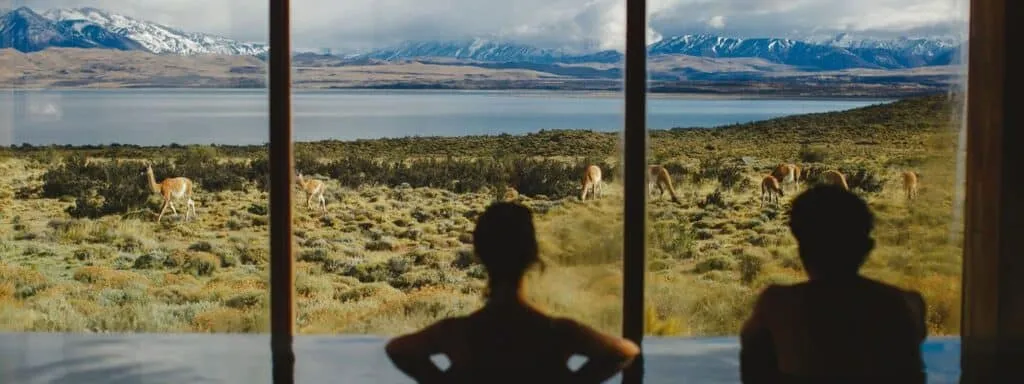
3. Tierra Patagonia
On the shores of Lake Sarmiento, positioned on the eastern boundary of Torres Del Paine National Park, Tierra Patagonia combines adventure with a commitment to conservation. The lodge’s architecture mirrors the curves of the landscape, offering panoramic views across a region where pumas roam freely between protected zones and private reserves.
Tracking excursions are usually paired with other activities, from photographic outings and geological walks to birdwatching and cultural stops. Guides work closely with the Patagonian Puma Project, helping to support research and promote coexistence with local ranchers.
Encounters here are quiet, observational, and conducted with minimal disturbance. Rather than pursuing a sighting at all costs, Tierra asks its guests to appreciate the context: the role of the puma in maintaining ecosystem balance, the signs it leaves behind, and the routine of life on the steppe.
Like at all Tierra properties, sustainability underpins the entire experience, from eco-sensitive architecture to community partnerships and local sourcing.
Explore Tierra PatagóniaHow to spot a puma (without disturbing it)
Puma tracking in Patagonia isn’t a safari in the classic sense. There are no guarantees you’ll see one; the terrain is vast, and pumas are supremely adapted to disappearing into it. But there are signs to read. In fact, the whereabouts of a puma is often given away by the movements of other creatures in this region.
Guanacos (tawny-coloured relatives of the llama) are perhaps the best allies. These camelids are the puma’s main prey, and they noisily sound the alarm if they sense a predator nearby. Pinpoint where herds of guanacos graze on lichen and shrubs and listen carefully for a warning call. With any luck, you’ll encounter a puma on the hunt.
Condors are another clue. They’ll often gather and swoop over a fresh kill; if several are circling in tight formation, there’s a good chance there’s carrion below. Sometimes, patient observation in such areas yields astonishing results – a puma returning to feed, cubs venturing out to investigate, or a young alpha defending his territory.
We can help design a bespoke journey built around the best tracking zones, expert naturalists, and the finest places to stay. Speak to our travel specialists for recommendations based on the season, your pace of travel, and how wild you’d like to go.
Related Stories
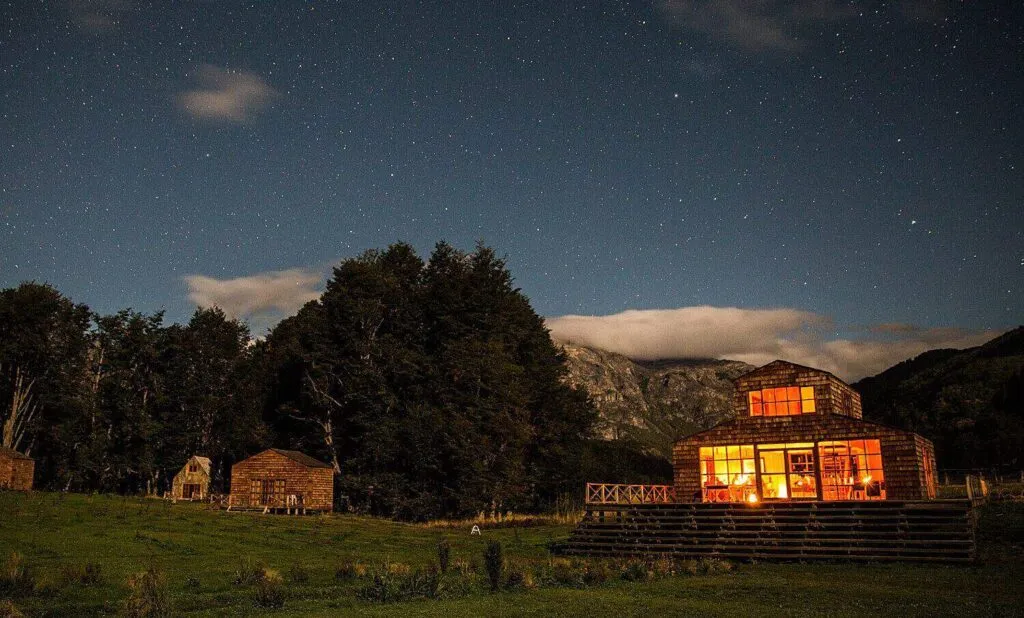
Iconic Itineraries: Conde Nast Traveler’s Adventure In Patagonia
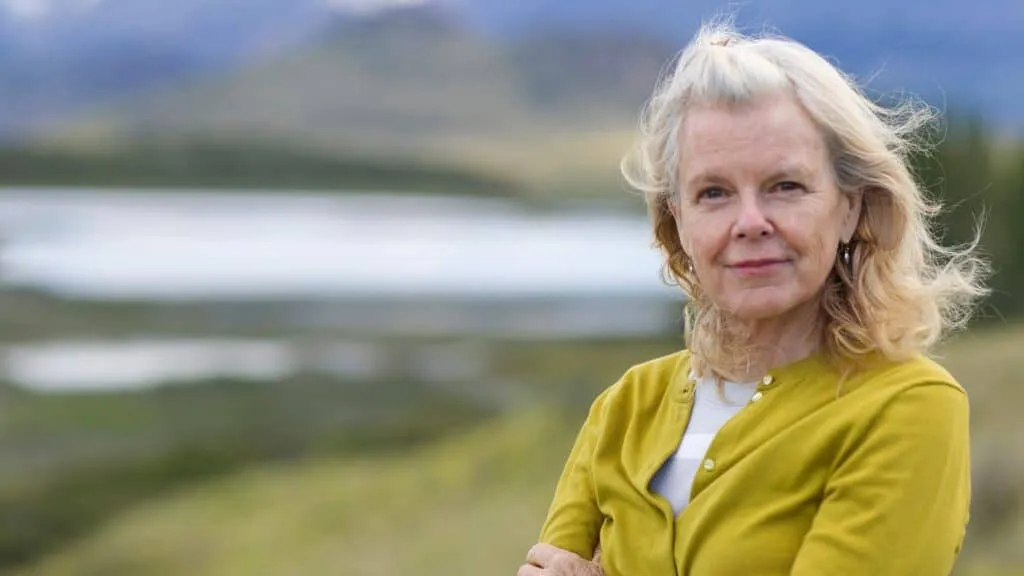
An Interview with Kris Tompkins | Preserving Patagonia
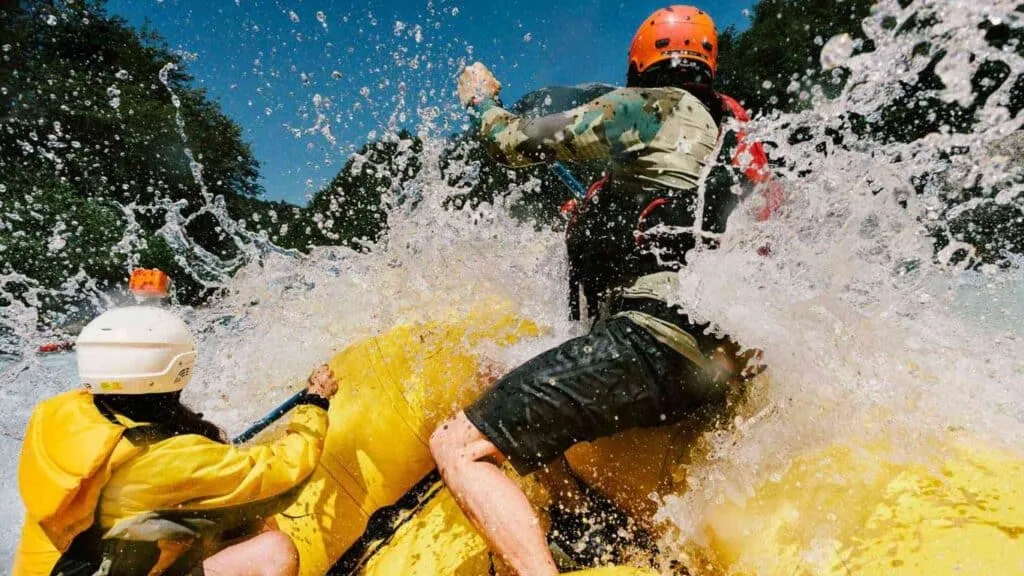
Rafting Chile’s Wild Futaleufú with Stanley Stewart – Travel + Leisure
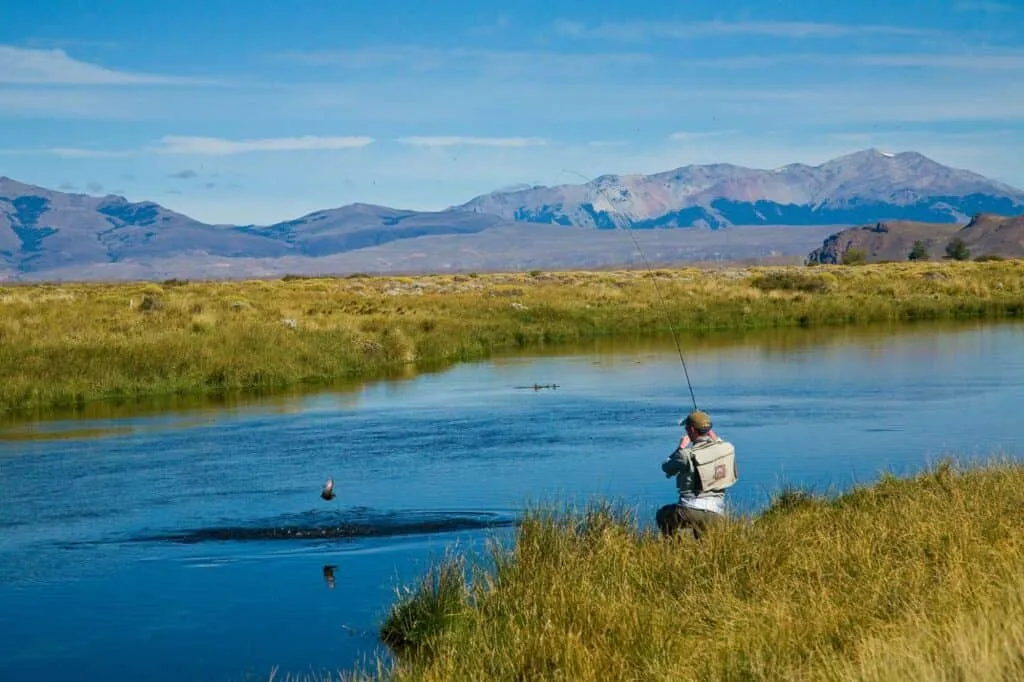
Gone Fishing: 8 Extraordinary Fishing Lodges & Yachts in Central & South America
@plansouthamerica
